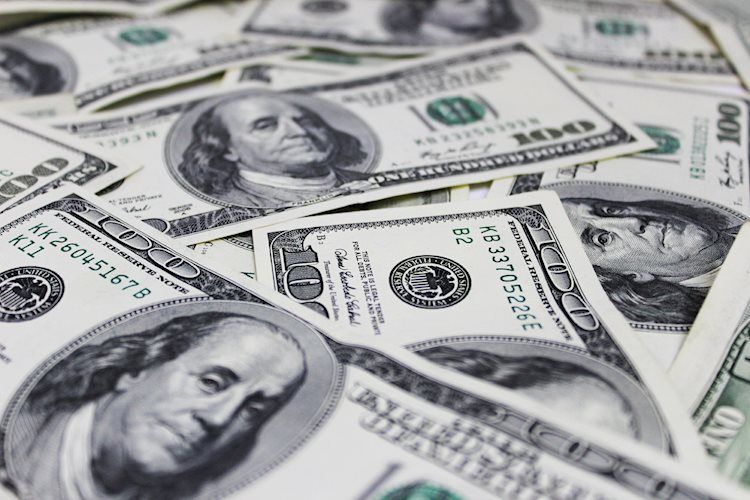On Wednesday, September 4th, major currency pairs were trading within familiar ranges as markets awaited the next catalyst. Eurostat was set to release Producer Price Index (PPI) data for July in the European session, while in the US, July Goods Trade Balance, Factory Orders, and JOLTS Job Openings data were on the economic docket. The Bank of Canada (BoC) was also expected to announce monetary policy decisions, with the Federal Reserve releasing its Beige Book later in the session.
In the Asian session, data from Australia showed that the country’s Gross Domestic Product expanded at an annual rate of 1% in the second quarter, meeting market expectations. Additionally, Caixin Services PMI in China edged slightly lower to 51.6 in August from 52.1 in July. Following a sharp decline on Tuesday, AUD/USD held steady at around 0.6700 early Wednesday.
The BoC was forecasted to lower the policy rate by 25 basis points to 4.25% following the September policy meeting. USD/CAD rose 0.4% on Tuesday and closed the fifth consecutive trading day in positive territory, remaining in a consolidation phase slightly below 1.3550 in the European morning.
The US Dollar Index touched its highest level since August 20 at 101.91 on Tuesday before erasing some gains to close the day marginally higher. The index held above 101.50 early Wednesday, with the benchmark 10-year US Treasury bond yield near 3.8%. Meanwhile, US stock index futures were seen losing between 0.4% and 0.8%.
EUR/USD edged lower on Tuesday but managed to recover above 1.1050 on Wednesday, with monthly PPI in the Euro area forecasted to rise 0.3% in August. GBP/USD registered small losses on Tuesday and held steady slightly above 1.3100 in the European session. USD/JPY turned south and snapped a four-day winning streak on Tuesday, remaining under bearish pressure early Wednesday and trading around 145.00.
After failing to stabilize above $2,500, Gold closed in negative territory on Tuesday. XAU/USD continued to stretch lower early Wednesday and was last seen trading below $2,490. The US Dollar was the strongest against the New Zealand Dollar this week, according to percentage change data provided.





















